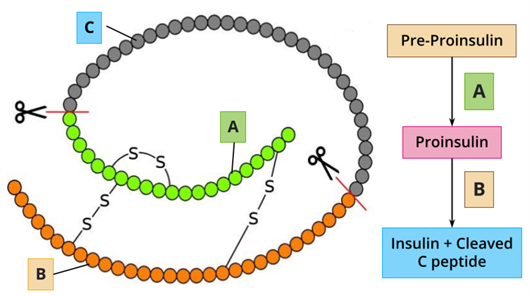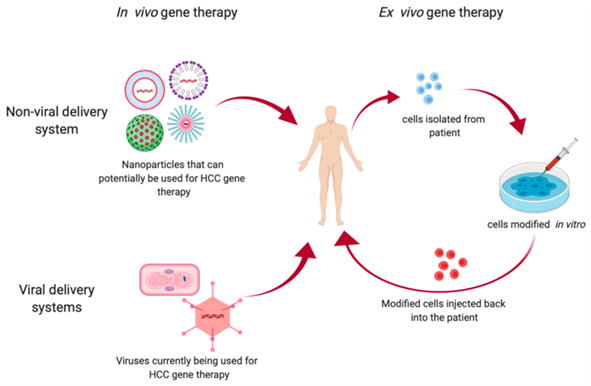
PUMPA - SMART LEARNING
எங்கள் ஆசிரியர்களுடன் 1-ஆன்-1 ஆலோசனை நேரத்தைப் பெறுங்கள். டாப்பர் ஆவதற்கு நாங்கள் பயிற்சி அளிப்போம்
Book Free DemoBiotechnology utilises biological systems, living organisms or parts of this to develop or create different products for human welfare.
The genetic engineering processes have significantly impacted healthcare by massively producing safe and more effective therapeutic drugs. For treating various ailments, medicinally important proteins or polypeptides are produced commercially using genetic engineering techniques.
Genetic engineering does not induce anti-immune responses, and nearly \(30\) recombinant therapeutics have been approved for human use, out of which \(12\) are marketed presently in India.
Proteins | Applications |
| 1. Insulin | Treatment of Diabetes |
| 2. Human growth hormone | Treatment ofgrowth deficiencies in children |
| 3. Blood clotting factors | Treatment of haemophilia |
| 4. Tissue plasminogen activator | Helps to dissolve blood clots and prevent heart attack |
| 5. Vaccines | Treatment of various diseases like Hepatitis B and rabies |
Genetically engineered insulin:
Insulin is produced by the beta cells of the islets of Langerhans of the pancreas. In humans, insulin is synthesized as a prohormone, which must be processed as it contains an extra C-peptide. The proinsulin has three chains \(A\), \(B\) and \(C\). The \(C\) peptide is not present in the mature insulin and is removed through maturation.
The main challenge for the production of insulin using the rDNA technique was obtaining mature insulin. In \(1983\), Eli Lilly, an American company, first prepared the two sequences corresponding to \(A\) and \(B\) chains of human insulin and introduced them into the plasmids of E.coli to produce the insulin chains. The \(A\) and \(B\) chains were produced separately, extracted and joined through disulfide bonds to form human insulin called Humulin.

Synthesis of insulin from proinsulin
A video on what is insulin and the production of insulin through rDNA technology:
Gene therapy:
Gene therapy refers to replacing defective genes by the direct transfer of functional genes into humans to treat genetic diseases or disorders.
It is the technique of genetic engineering to replace "afaulty gene" with a normal healthy, functional gene. The genetic makeup of the "patient cell" is altered through recombinant DNA technology. In \(1990\), it was successfully applied for the first time.

Gene therapy
Types of Gene therapy:
a. Germline gene therapy: It is the replacement of defective gene in the germ cell, i.e., sperms or eggs or even zygotes, through the introduction of functional genes.
b. Somatic cell gene therapy: It is the replacement of defective genes through the introduction of functional genes in somatic cells.
Until now, gene therapy has only been used on somatic (non-reproductive) cells. Although correcting genetic abnormalities in somatic cells may benefit the patient, the corrected gene may not be passed on to the next generation.
Severe combined immunodeficiency disease (SCID), Duchenne muscular dystrophy, and cystic fibrosis are the disorders that scientists are attempting to manage through gene therapy. Because single gene abnormalities cause the illnesses, they are of particular interest.
Reference:
https://commons.wikimedia.org/wiki/File:An_overview_of_the_types_of_gene_therapy_techniques_used_in_HCC_treatment.webp
https://commons.wikimedia.org/wiki/File:Proinsuline_schematic_topological_diagram.svg
https://youtu.be/sjL83OGNuTE